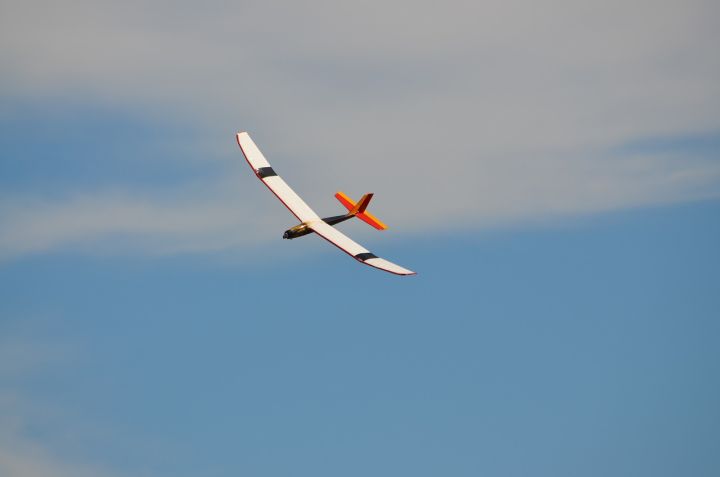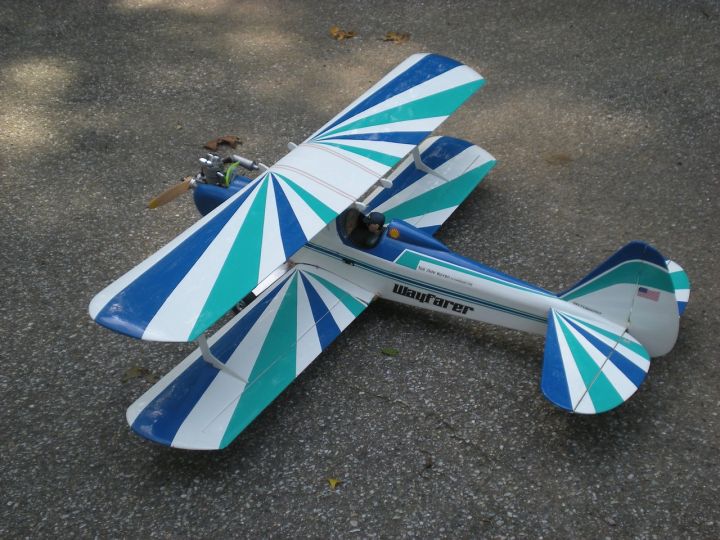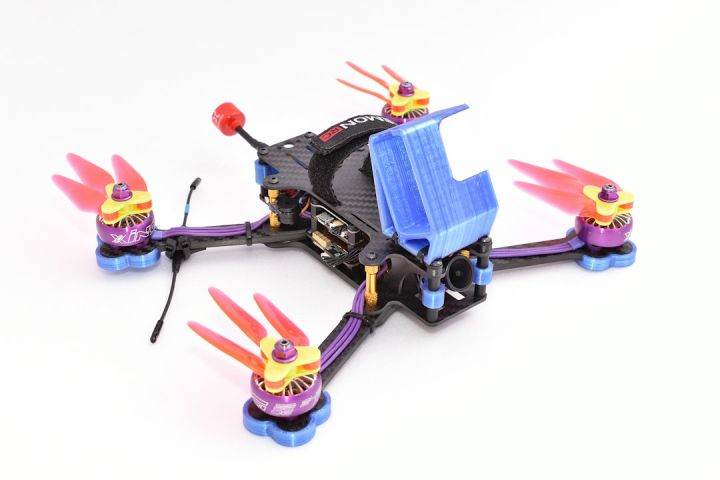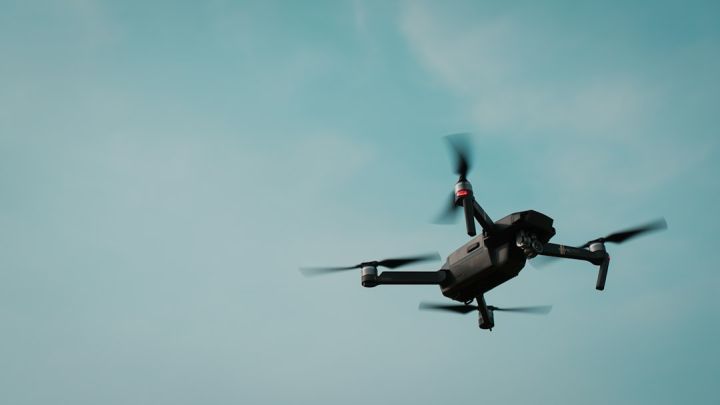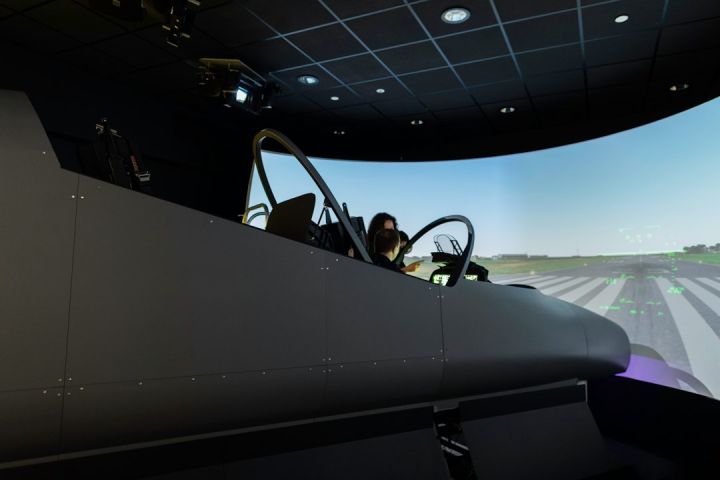How to Safely Transport Large Rc Models to Flight Locations?
RC (radio-controlled) models are a popular hobby for many enthusiasts. Whether you enjoy flying planes, helicopters, or drones, transporting these large models to flight locations can be a challenging task. However, with the right preparation and precautions, you can ensure a safe and hassle-free journey for your RC models. In this article, we will discuss some essential tips on how to safely transport large RC models to flight locations.
Choose the Right Transport Method
The first step in safely transporting your large RC models is to choose the right transport method. Depending on the size and type of your model, you may need to use a car, van, or even a trailer. It is important to ensure that your chosen transport method has enough space to accommodate your model without causing any damage.
Secure the Model Properly
Once you have chosen the appropriate transport method, it is crucial to secure your RC model properly. Use straps, bungee cords, or foam padding to hold the model in place and prevent it from moving during transit. This will help to minimize the risk of any damage or breakage during transportation.
Disassemble if Necessary
If your RC model is too large to transport in one piece, consider disassembling it before transportation. This will make it easier to fit the model into your chosen transport method and reduce the risk of any parts getting damaged. Make sure to follow the manufacturer’s instructions when disassembling and reassembling your model to avoid any mishaps.
Protect Fragile Parts
RC models often have delicate and fragile parts that need extra protection during transportation. For example, helicopter rotor blades or drone propellers can easily get damaged if not handled with care. Use bubble wrap or foam padding to protect these fragile parts and ensure they remain intact during transit.
Use a Suitable Container
Investing in a suitable container for your RC model can go a long way in ensuring its safe transportation. Hardshell cases or specially designed carrying bags are excellent options for protecting your model from bumps, vibrations, and other external factors that could potentially damage it. These containers provide added protection and make it easier to transport your RC model without worrying about any accidental damage.
Plan the Route
Before heading out to your flight location, it is important to plan your route carefully. Consider factors such as road conditions, traffic, and any potential obstacles that could pose a risk to your RC model during transportation. By planning your route in advance, you can avoid unnecessary detours and ensure a smooth journey for your RC model.
Inspect Regularly
Regular inspections of your RC model before and after transportation are essential in maintaining its safety. Check for any loose parts, damage, or signs of wear and tear that may have occurred during transit. By addressing these issues promptly, you can prevent any further damage and ensure that your RC model is in good working condition for your flights.
In conclusion, safely transporting large RC models to flight locations requires careful planning and preparation. Choosing the right transport method, securing the model properly, disassembling if necessary, protecting fragile parts, using a suitable container, planning the route, and regular inspections are all key steps in ensuring a safe and hassle-free journey for your RC models. By following these tips, you can enjoy your RC hobby without worrying about any damage or mishaps during transportation.

